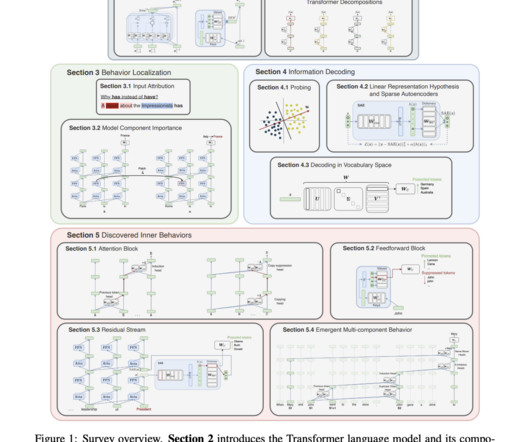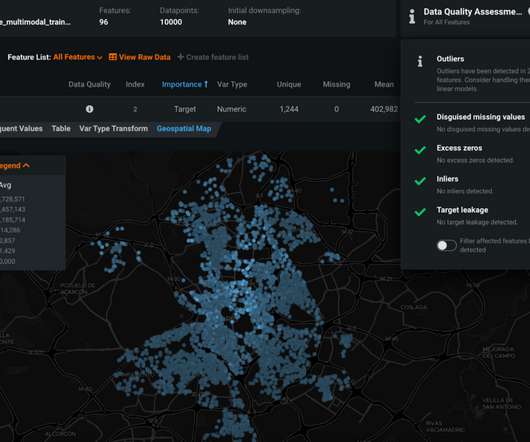Deciphering Transformer Language Models: Advances in Interpretability Research
Marktechpost
MAY 5, 2024
Existing surveys detail a range of techniques utilized in Explainable AI analyses and their applications within NLP. The LM interpretability approaches discussed are categorized based on two dimensions: localizing inputs or model components for predictions and decoding information within learned representations.













Let's personalize your content